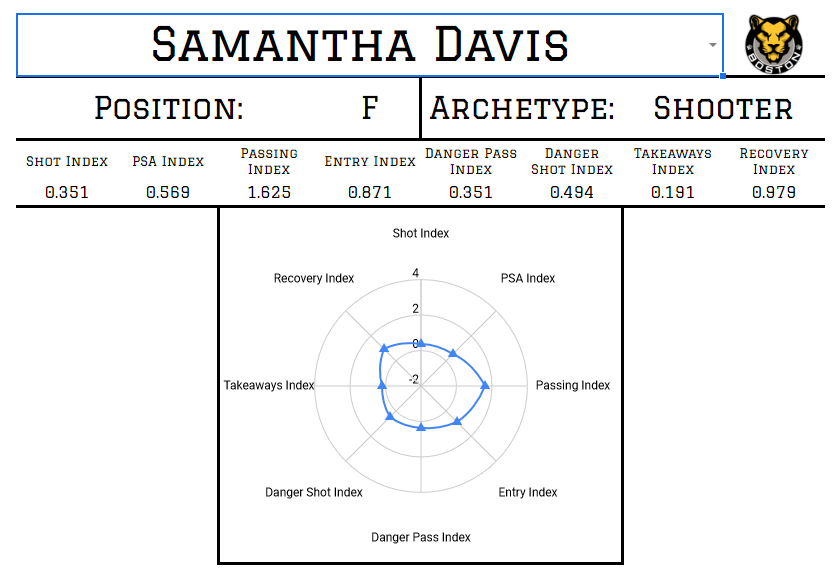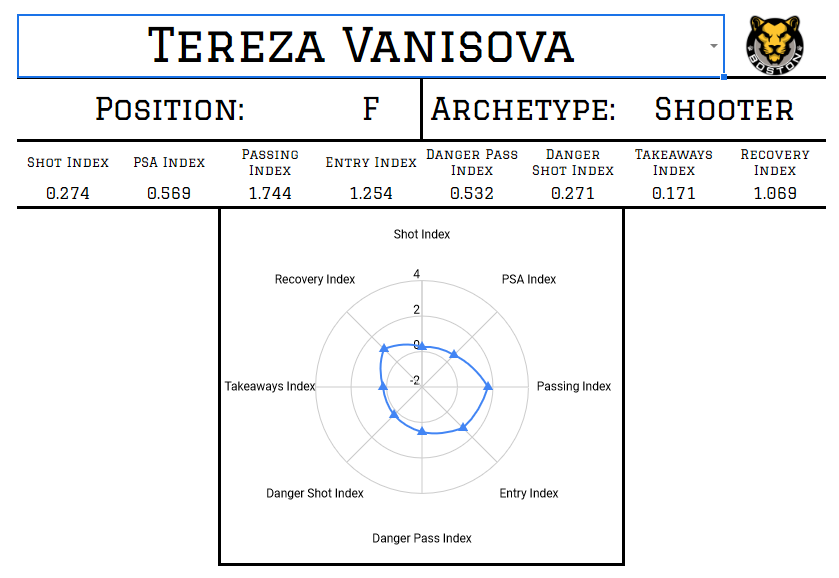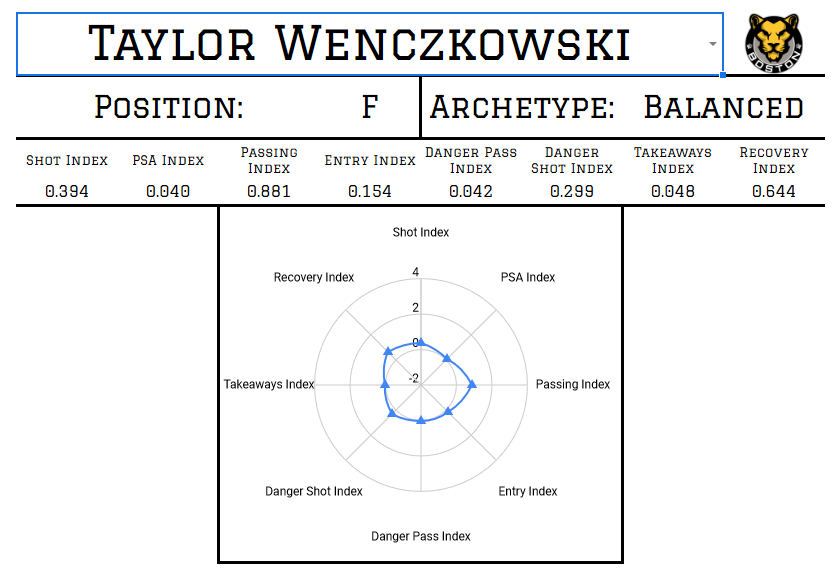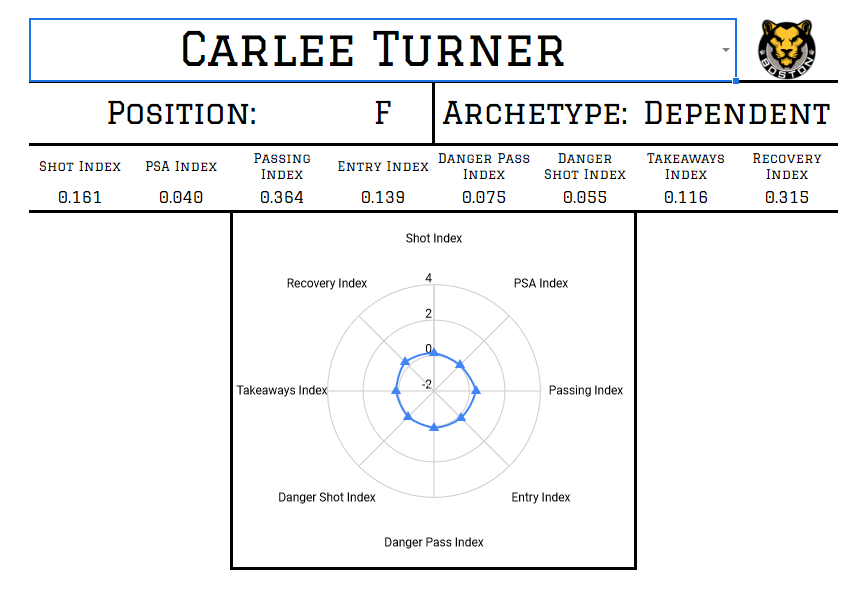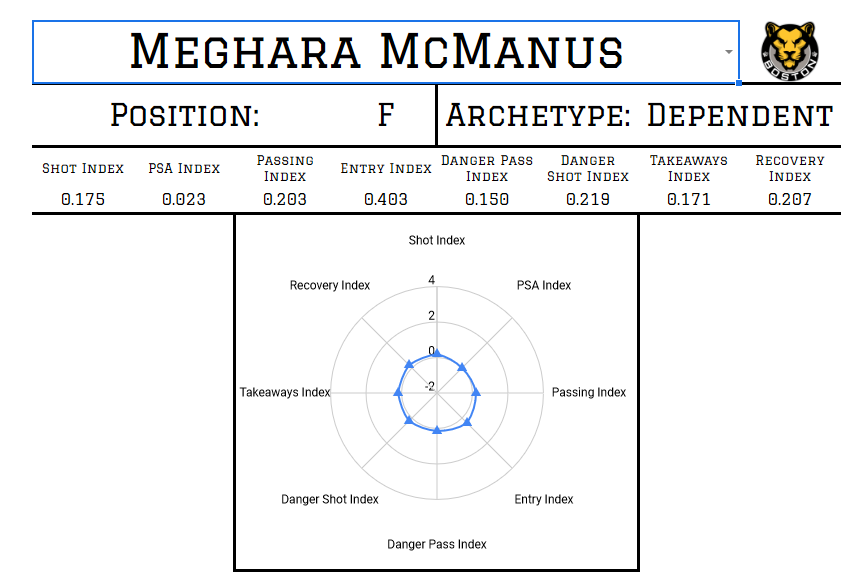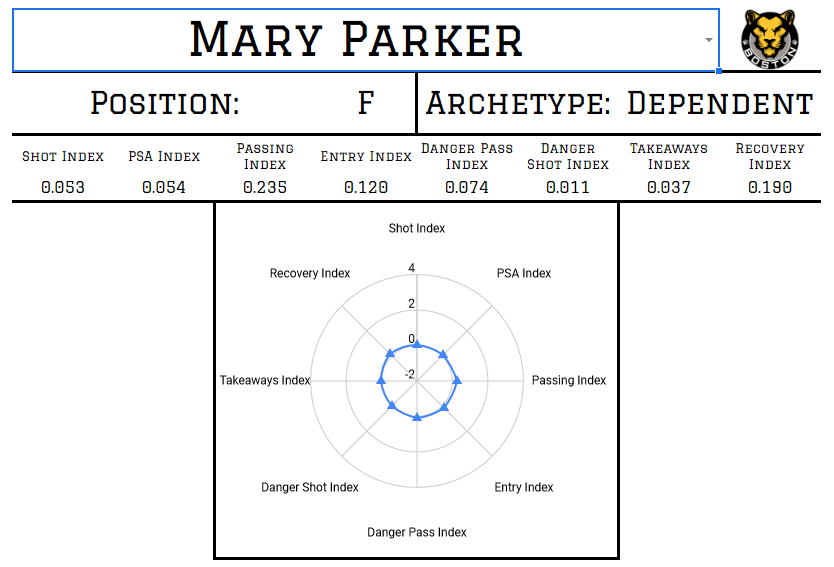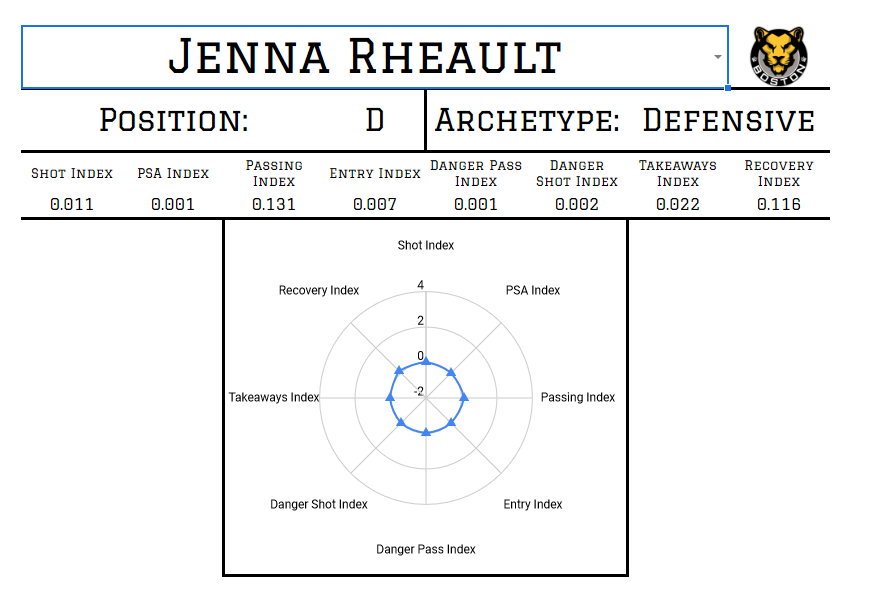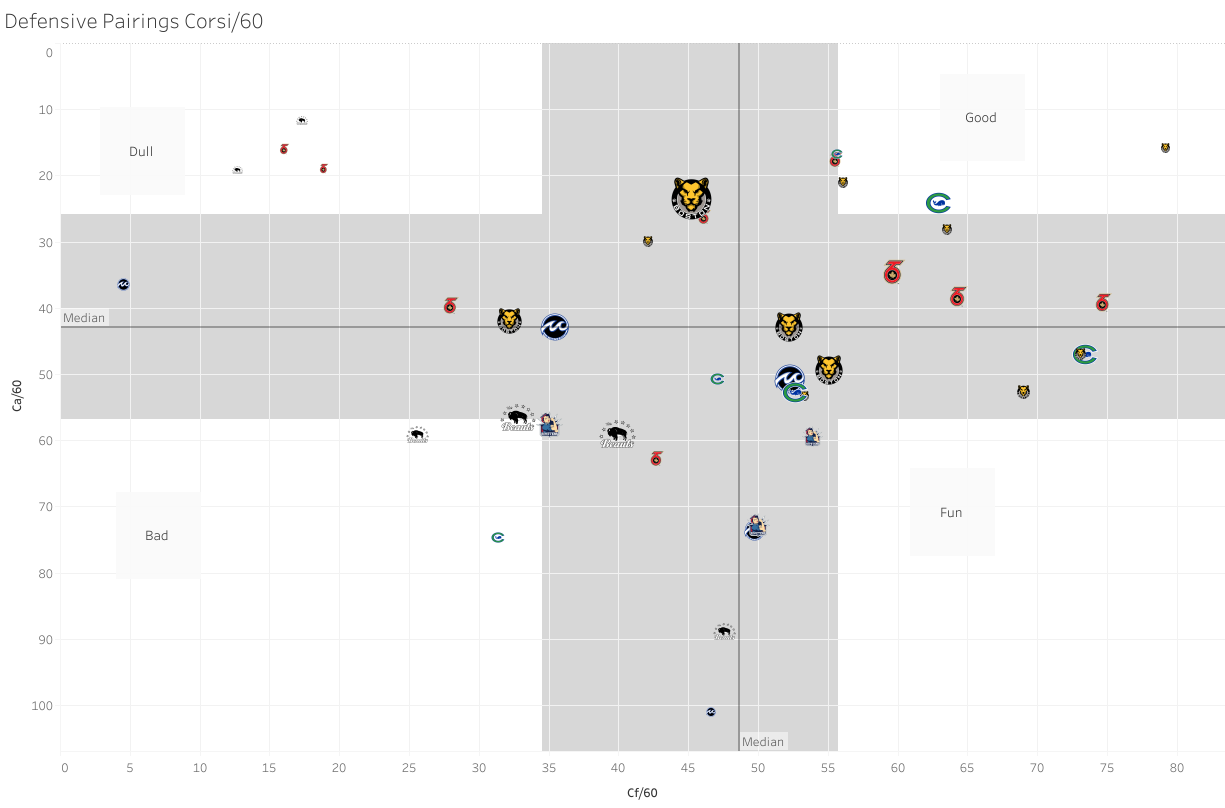Optimizing the Pride Lineup to Raise the Cup
Coach Paul Mara was handed a difficult task in Lake Placid – integrate 8 new players into the best team in league history, and oh by the way, now two of your best players, including the reigning league MVP, are going to get injured in the middle of the tournament. We saw those struggles early on, as the Pride had difficulty generating consistent offense against anyone not named Buffalo. But they must have hit on something late in the tournament, because their final two games against the Beauts were lessons in offensive dominance. Let’s take a look at why that is.
Star rookie Sammy Davis leads the rush against the Buffalo Beauts Photo Credit: Michelle Jay
I feel like we came into the season and saw the all-rookie line as the biggest x-factor. Tereza Vanišová, Taylor Wenczkowski, and Sammy Davis were the Pride’s top 3 selections in the 2020 NWHL Draft, and all three have elite offensive skillsets. But very quickly, it became clear that they as a line were struggling to convert their opportunities, particularly compared to the more veteran-heavy Top 6. So, when the team lost the services of Mary Parker, that opened up an opportunity for Mara to mix things up in his middle 6. If we take a look at the NWHL Player Archetype cards created by Nayan Patel and Carleen Markey, you start to get a better picture of why the original incarnation of the all-rookie line simply was not working.
While all three are clearly elite talents, the difficulty lies with both Davis and Vanišová preferring to be the primary puck carriers on their respective lines. Vanišová is so dangerous offensively that she needs the room to create, and players who can finish the opportunities she can pull out of her bag of tricks. Davis is more of a straight-line, powerful skater who can finish in close, and beats you with her intelligence. Wenczkowski is a pure finisher, who is nearly automatic when given the time and space to get a shot off. There is notably something missing from that trio – a puck-retrieval specialist. None of the three are particularly comfortable at being the primary forechecker in the offensive zone, preferring to work the puck around the perimeter until they open up a passing lane. This is an excellent strategy for a powerplay unit when you naturally have more time and space to work with, but at 5-on-5, those opportunities are going to be much more difficult to come by if you don’t have the puck. So, Davis gets shifted to a line with Lexie Laing and Tori Sullivan, and almost immediately goes off offensively. That’s no accident. Laing is an excellent forechecker and one of the best defensive forwards in the league, so she excels in transition. Sullivan is crafty, and showed a little bit of chemistry with Davis quite quickly, in a way that having Parker on that unit never really showed.
So, who do you put on the 3rd line with Wenczkowski and Vanišová? Mara opted for a mixture, but the most common choice was Carlee Turner. Turner’s a natural center, so Vanišová could be shifted to the wing if necessary, but what she really brings is grittiness. She’s going to get in on the forecheck, but she has enough skill and intelligence to generate some opportunities on her own, and comes with some built-in chemistry with her former college teammate Wenczkowski. I think the third former Wildcat, Meghara McManus, would also be a decent fit on the wing here, given how she thrives down low in the offensive zone. Either way, the numbers clearly bare out how dominant the new-look middle six ended up being, and I expect that to remain this weekend. That moves Mary Parker, a consistent and proven veteran scoring presence, to the 4th line with McManus and Meaghan Rickard. Perhaps this gives them a 4th scoring line, which is a nearly unheard level of depth, because as good as Turner with those two was defensively, that line struggled to generate its own offense.
Defensively, Jenna Rheault might have had a case for defender of the year had she not broken her wrist 4 periods into the season – she was that dominant in her small amount of icetime. Rheault has mentioned how much more confidence she has had this year, and it was extremely obvious to anyone paying attention. She had the second highest Game Score per hour of anyone in the league, trailing only the Riveters’ Theresa Knutsen (teammate Meghara McManus was a close third). She had the highest accurate pass rate in the entire league at 95.24%. She looked faster and was activating into the rush on a consistent basis. Her going down to injury was one of the worst things that could’ve happened to the team, but it allowed some of the rookies to really step up in her absence. Paige Capistran, the last pick of the 2020 Draft, shouldered a heavy number of minutes in Rheault’s absence, creating an excellent shutdown pairing with Lauren Kelly. Taylor Turnquist, the team’s 4th Round selection, saw considerable special teams time. And the veteran top pairing of Kaleigh Fratkin and Mallory Souliotis were lock-down defensively. Rheault getting added back into the mix provides the back end with a little more dynamism that could ultimately be the difference between victory and defeat against the upstart Toronto Six.


